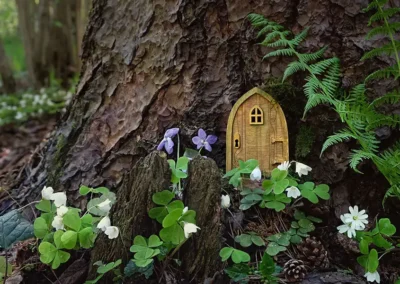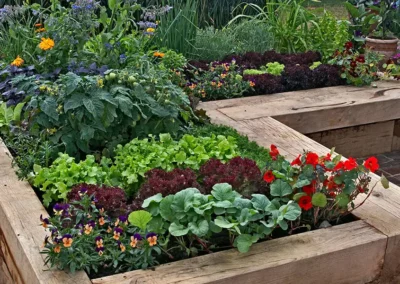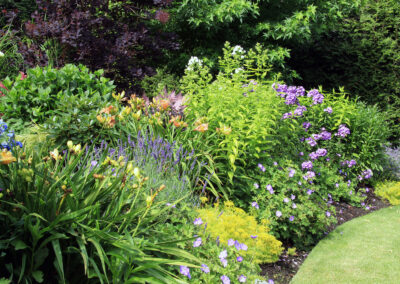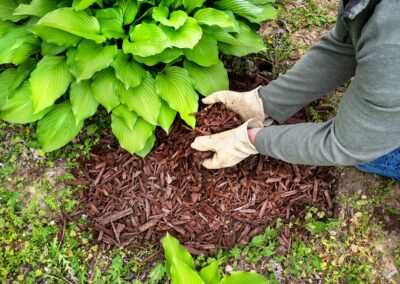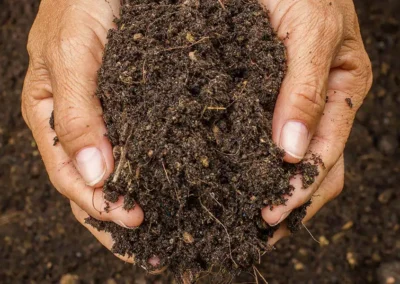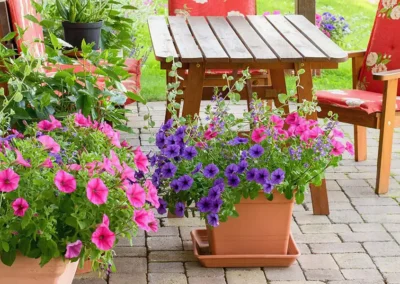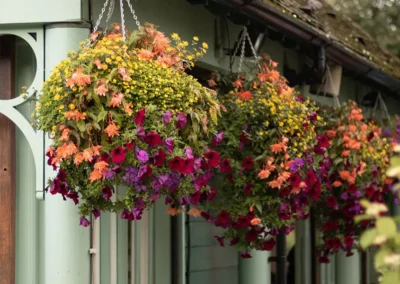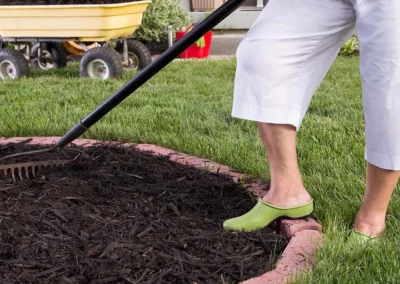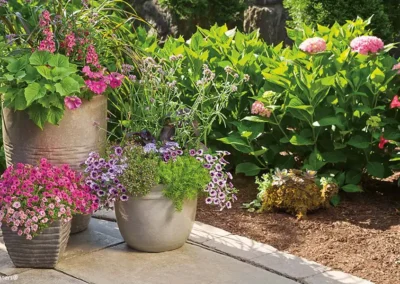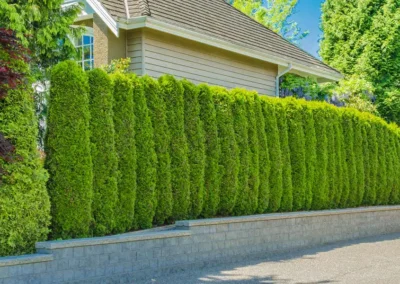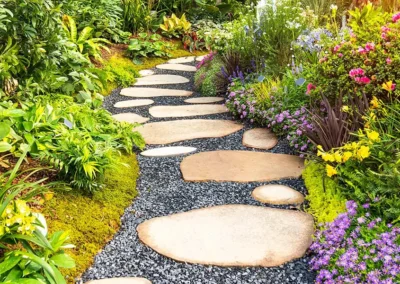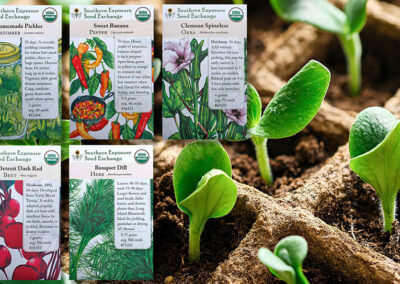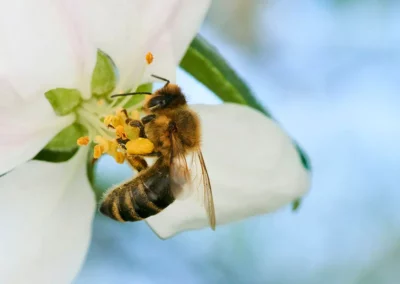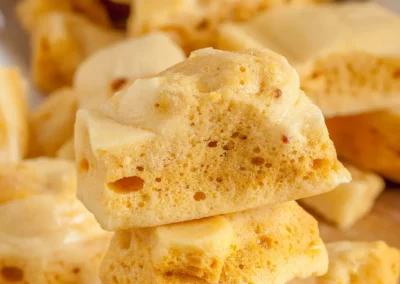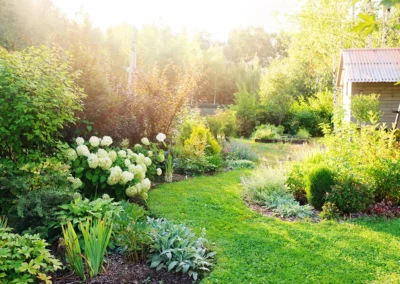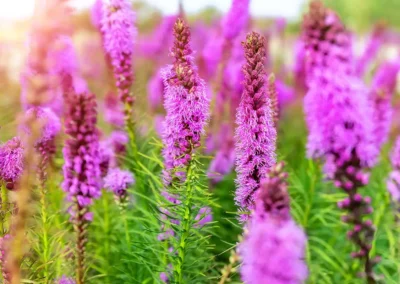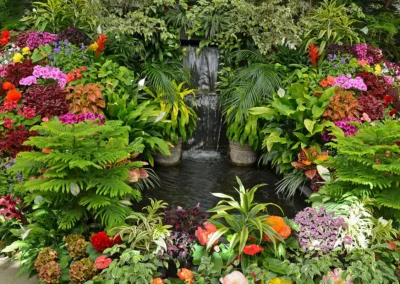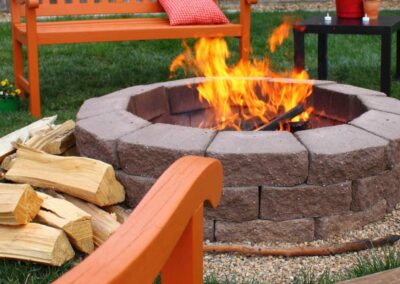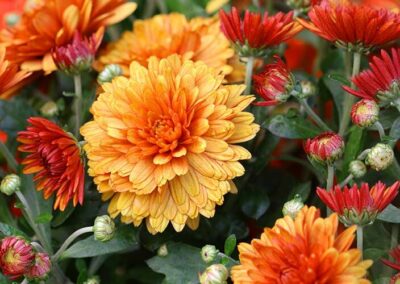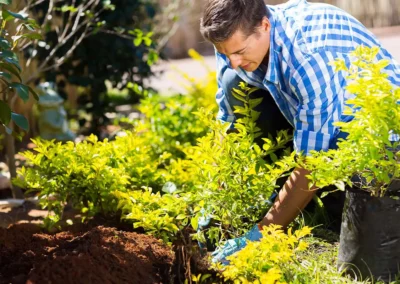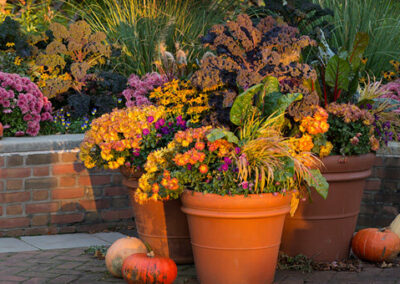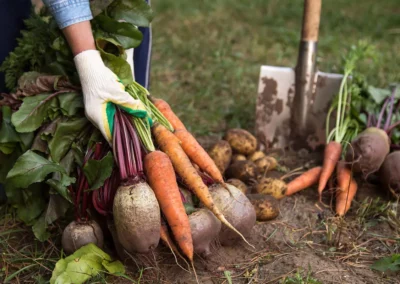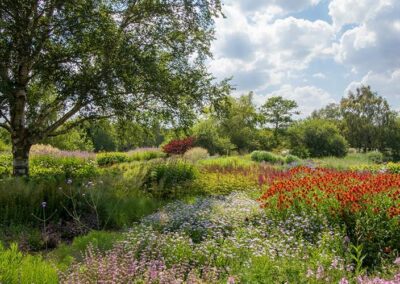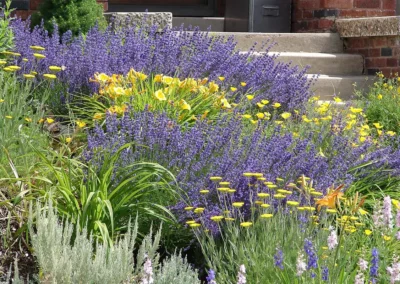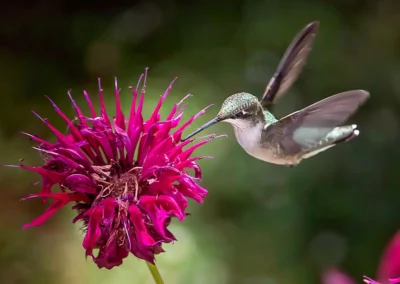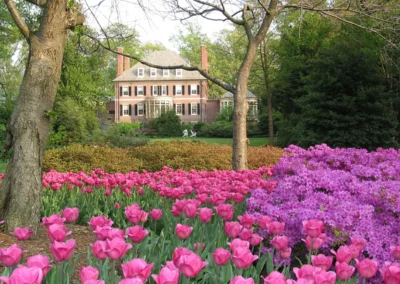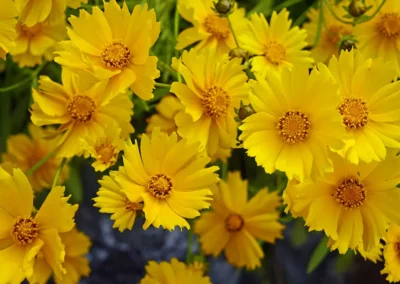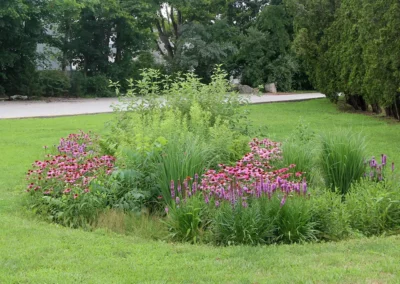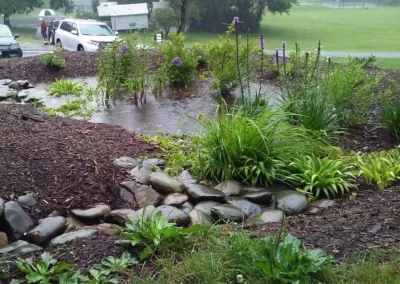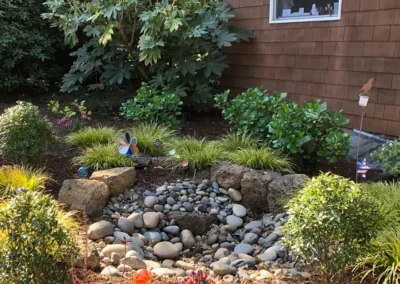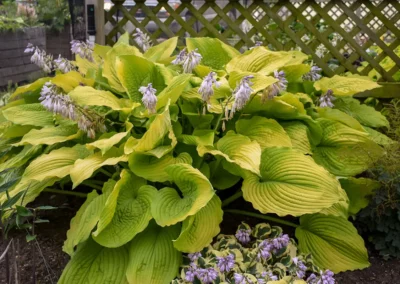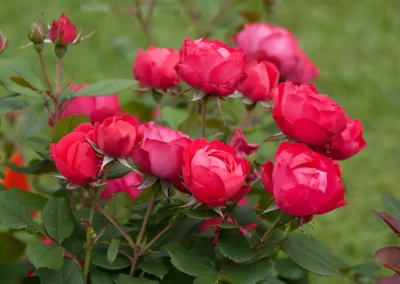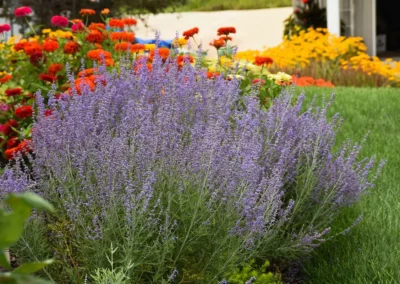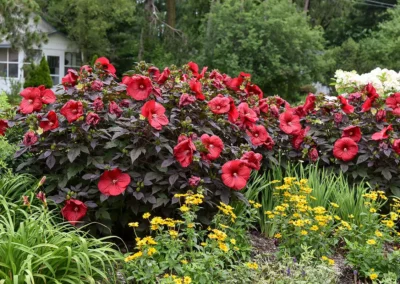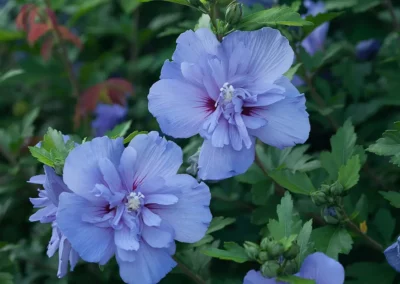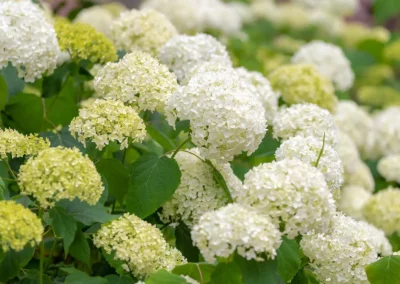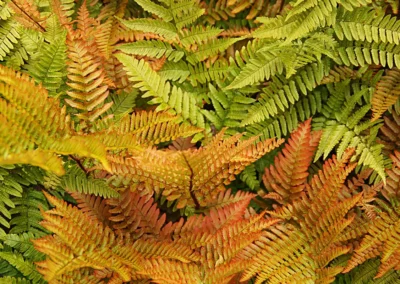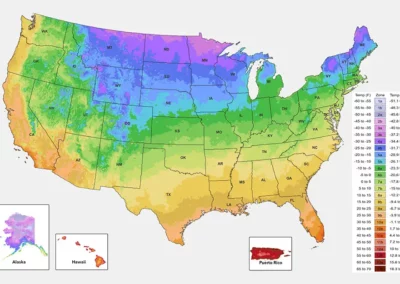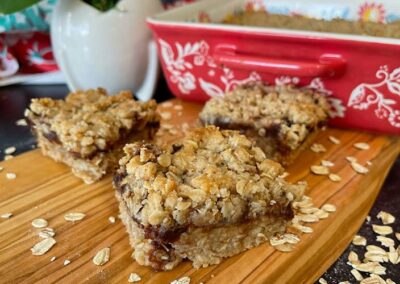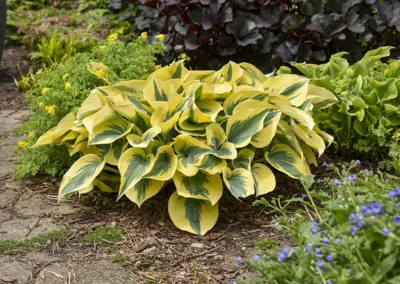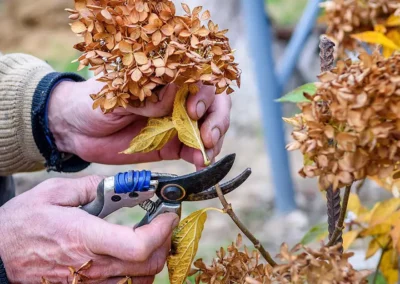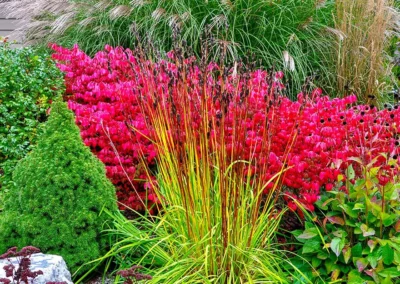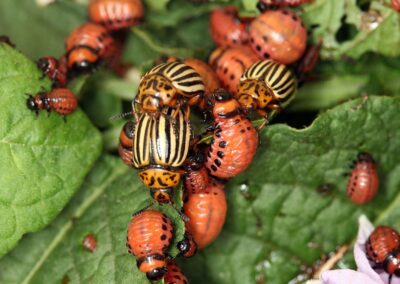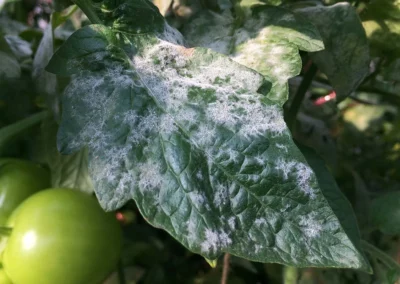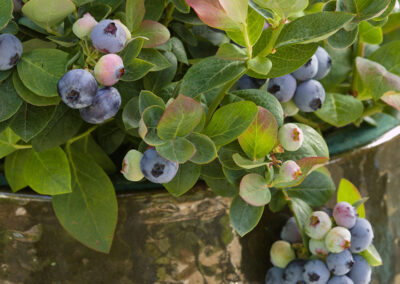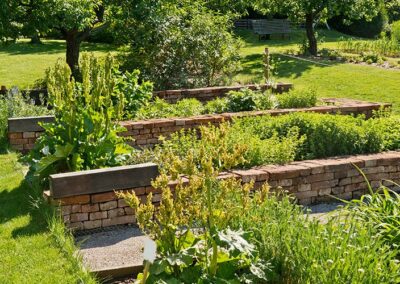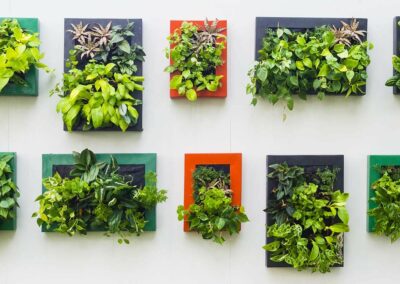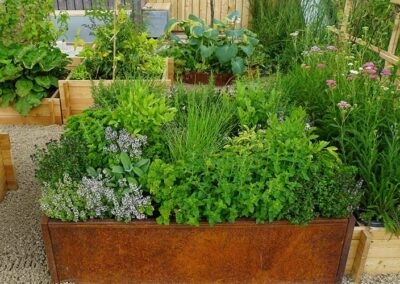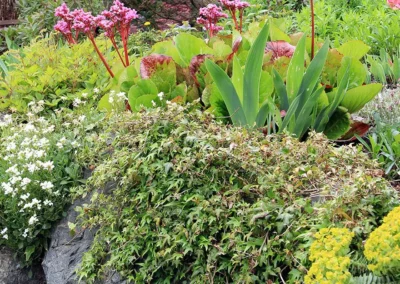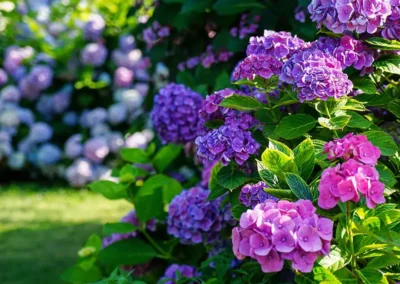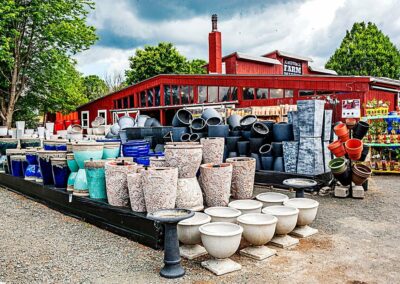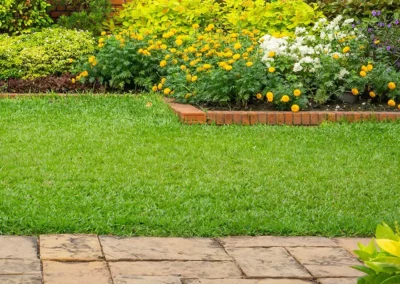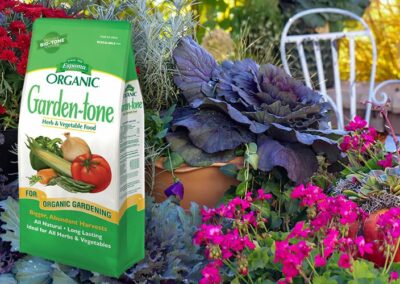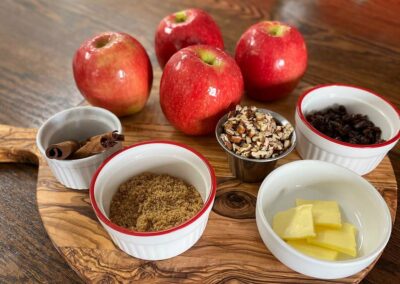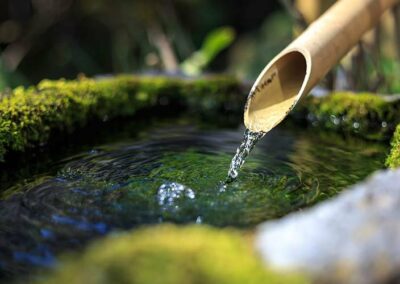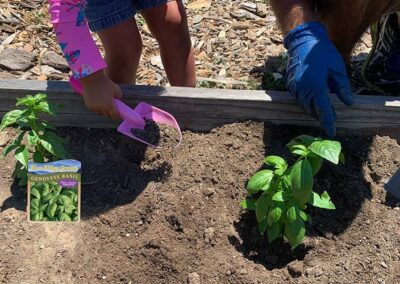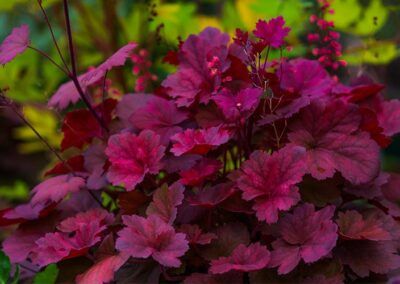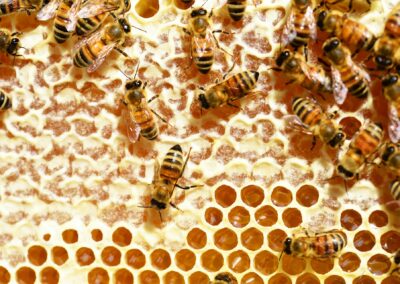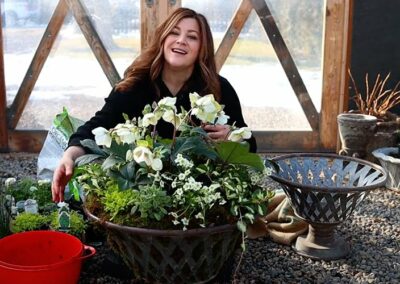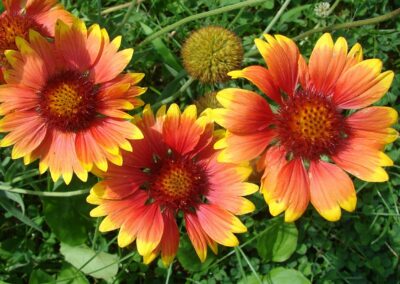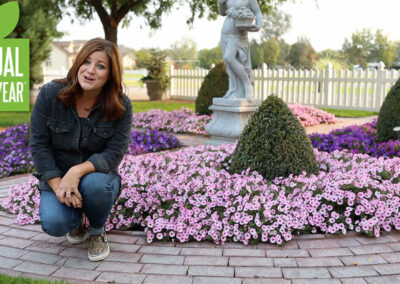The months of September, October and November are the perfect time to plant trees and shrubs in your yard. Why? Well, as the temperature cools in the fall, most trees and shrubs start going into a dormant period.
This means that the plants won’t be producing new growth or flowers, which allows them to store that energy in their root systems to be used for growth in the coming spring and summer.
Planting in the fall is all about the roots.
Planting trees and shrubs in the fall gives your new trees and shrubs a better chance for good root development before winter.
The cooler weather usually means more consistent rain, and you’ll have less watering and maintenance to do to keep your young plants happy. Combined with increased rain, the warm soil of early fall gives those roots the conditions they need for success.
If planted in the summer season, roots will usually dry up, as they only occupy the surface layer.
When given enough time to get established, the roots can weather the heat of summer and pull moisture from deep below the ground.
Planting trees and shrubs
step one: Prepare the hole and dig
Choosing the right location is critical!
- Avoid planting too close to other woody plants, as they will compete for nutrients.
- Check any other requirements for your specific tree or shrub, including sun exposure, water requirements, frost tolerance, and specific time to plant.
- Once you’ve determined the perfect site, use a rake to remove any leaves, litter, and old mulch away from the area that your shrub will be planted.
- Next, dig a hole at least three to five times as wide as the diameter of the plant’s root spread or root ball. Do not dig too deep; once the plant is placed in the hole, the top of the roots or root ball should be level or slightly above level with the surface of the ground.
- According to the Virginia Cooperative Extension, you want to then test for soil drainage by filling the hole you’ve dug for your new plant with water. If the water doesn’t drain in 24 hours, plant elsewhere.
- Once you’re happy with the drainage, loosen the soil around the sides of the hole to allow the plant’s rooting systems to travel more easily.
Pro tip: Soil fertilizer is not necessary when planting in the fall season. Fertilizer can be added when the weather starts to warm up for the new growth that will be starting.
step two: Transplant
- Now that your hole is properly prepared, remove the plant from its container. Some plants come balled and burlapped and can be planted directly in the ground. But if the material is synthetic, be sure to remove it before planting. That stuff won’t decompose.
- Next, inspect the root ball for compacted roots or circular, container-shaped growth. If you find anything, break these spots up to encourage roots to reach out. You won’t hurt the plant or its roots by doing this, and if you don’t break them up, the plant will continue to be root-bound and won’t reach its full potential.
- Finally, place your root ball in the hole, backfilling with soil to support your plant. The top of the bare root should be just above the surface of the ground. You want to eliminate air pockets, so lightly tamp down your soil; you don’t want to compact the soil.
step three: Water
Give that lovely new shrub or tree a drink of water!
- Be sure the entire root ball is moist.
- If your soil settles and uncovers the roots after watering, add more soil and, again, lightly tamp it down.
step four: mulch
Add a layer of mulch of about three or more inches.
- This could be shredded leaves, wood chips, or other organic material that you have available.
- Mulch helps newly planted trees and shrubs retain moisture in their root areas, and also provides a barrier against weeds, ensuring that the new plant does not have to compete for nutrients.
Your Garden Market has beautiful trees and shrubs ready to plant during this ideal time of year. We also have mulch ready to go. Come see us for all your gardening needs, especially now when it’s time to get your plants in!

